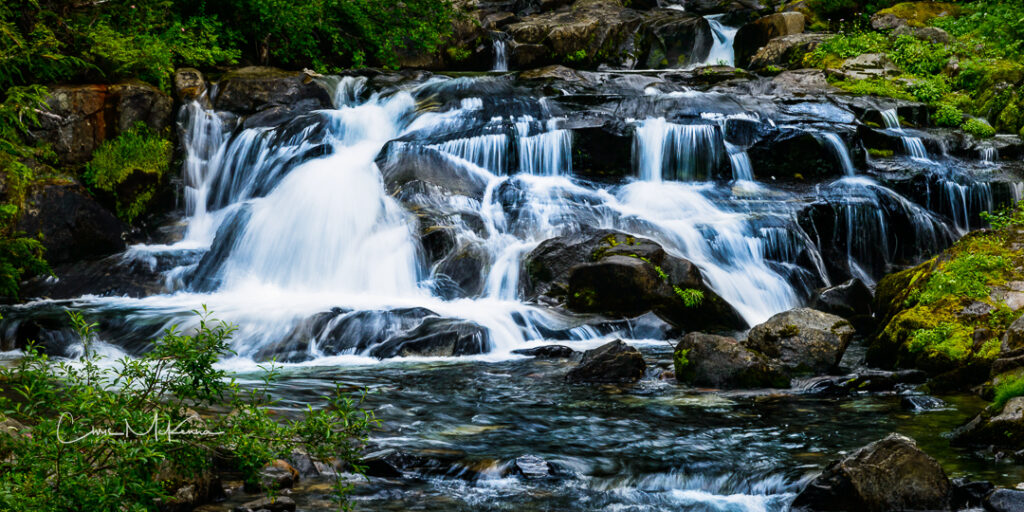
Hello friends and welcome back to our photography blog, where we sometimes explore exciting techniques to help elevate your photography to the next level. Today, we’re diving into the captivating world of long exposure photography. Whether you’re seasoned or just starting on your photography journey, long exposure can add a touch of magic and creativity to your images. Let’s explore this fantastic technique together!
Long exposure photography involves leaving your camera’s shutter open for an extended period, allowing more light to reach the sensor. This results in intriguing effects like silky smooth waterfalls, streaking car lights, and surreal star trails. To achieve stunning long exposure shots, you’ll need a sturdy tripod, a remote shutter release (or use the camera’s timer function), and a lot of patience.
Tip: Use a tripod. This is a must as there is no person alive that will not move even just a little during a long exposure.
Tip: Embrace Neutral Density Filters. Long exposures often require shooting in bright conditions, which can make it challenging to achieve longer shutter speeds without overexposing your images. This is where neutral density (ND) filters come to the rescue. ND filters act like sunglasses for your camera, reducing the amount of light entering the lens without affecting the colors. They come in various strengths, measured in stops, and are indispensable tools for extending your exposure times during daylight hours.
Tip: Finding the Perfect Location. Picking the right location is crucial for successful long exposure photography. Seek out dynamic scenes with moving elements like water, clouds, or traffic. Seascapes, rivers, urban cityscapes, and starry night skies are popular choices. When scouting locations, envision how the moving elements will interact during the long exposure to create a sense of movement and flow in your final image.
Tip: Timing is Everything. The best time to experiment with long exposure photography is during the golden hours—sunrise and sunset. During these times, the light is soft and diffused, providing a more forgiving setting for long exposures. Additionally, clear nights with minimal light pollution are perfect for capturing mesmerizing star trails and the Milky Way.
Tip: Experiment with Shutter Speeds. The magic of long exposure lies in its flexibility. Experiment with various shutter speeds to achieve different effects. For smooth waters and dreamy seascapes, try shutter speeds between 1 to 30 seconds. For capturing streaking lights of moving cars, aim for shutter speeds around 15 to 60 seconds. If you want to capture star trails, consider exposure times ranging from several minutes to hours. The key here is there is no absolute speed, but adjust to achieve the result you’re looking for. And remember to adjust your ISO and camera aperture to help to help slow down the shutter if needed.
Tip: Consider your focus point (see my tip on Depth of Field). Are you wanting to capture star trails or something a little more close? Do you want a infinitely large depth-of-field or something more shallow? Turn off autofocus and adjust manually to ensure that the subject is razor sharp. And don’t hesitate to use the focus ring on your lens to assist-you can always make an adjustment if needed.
Tip: Use a Shutter Release Cable. Most camera bodies will allow for some sort of remote trigger to help eliminate camera shake when depressing the shutter release button. If, for some reason, your camera doesn’t have one, set the self-timer for 2 seconds and remove your hand from the camera before the shutter engages. (I don’t endorse any supplier, manufacturer, or brand but see a wide range of options at your favorite camera supply store, such as B&H).
Tip: Cover the Optical Viewfinder. Many DSLRS will have some light spill through the viewfinder during long exposure photography thereby ruining the image. To counter, either keep your eye up to the viewfinder (don’t touch the camera during the exposure) or close the eyepiece/diopter curtain to block ambient light from entering. In some cases, using the camera’s “live view” will work to shut out the stray light.
Conclusion: long exposure photography opens up a world of creative possibilities that can transform ordinary scenes into extraordinary works of art. Remember to carry your tripod, ND filters, and shutter release cable or remote trigger, scout for inspiring locations, and perfect your timing to capture the perfect moment. Grab your camera, venture out into the realm of long exposure photography, and let your creativity flow freely.
Happy shooting and blessings to you!
Chris
